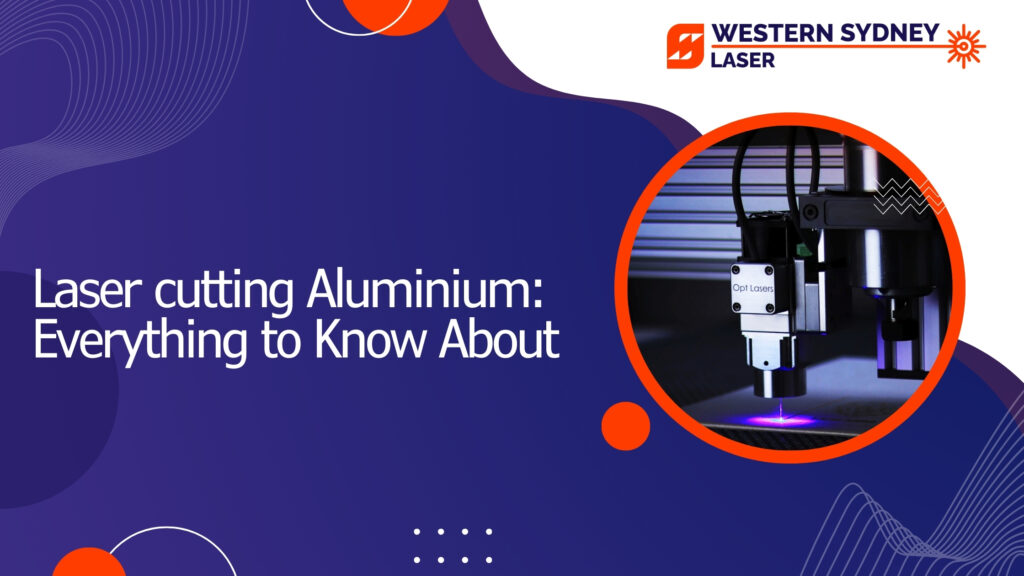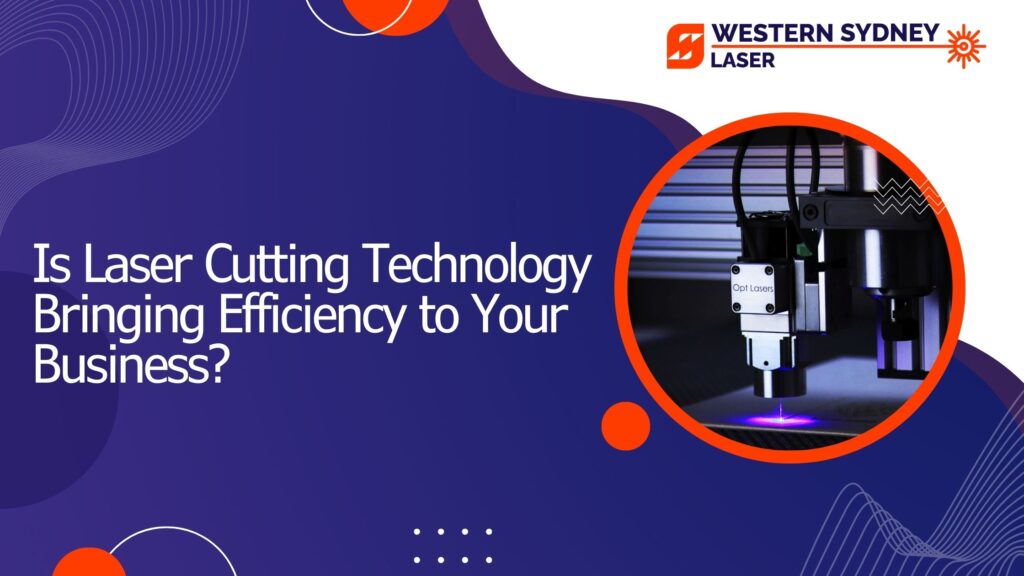Laser cutting Aluminum: Everything to Know About
When it comes to cutting aluminium, laser cutting is one of the quickest and easiest methods. Despite the fact that there are a few things you need to know about laser cutting before you start a project, it is an efficient and versatile way to work with this lightweight metal. As a lightweight, pliable, and corrosion-resistant material, aluminium is excellent for use in various applications. Additionally, it has a high thermal conductivity and is non-ferrous. Due to these unique properties, this material is ideal for use in industries that require a wide range of manufacturing processes. Even though aluminium is a lightweight, soft metal, laser cutting it is not easy. This is one of the reasons why many manufacturers do not use a laser cutter to cut it. However, if the laser cutting process and tools are used correctly, they are capable of cutting aluminium quite effectively. Today, we’ll look at all the information you need about laser-cutting aluminium. As a result, you’ll gain a better understanding of aluminium cutting and how the best results are achieved. Benefits of Laser Cutting Aluminum Many things are made from aluminium, like cans, foils, aeroplane parts, and window frames. The large number of aluminium sheets means that cutting them into the desired shapes is a big business. People use a variety of tools, including CNC machines, laser cutters, jigsaws, and circular saws. There is no doubt that the laser-cutting tool and method are the most suitable and beneficial of all the different techniques and tools available. To begin, let’s examine some of the advantages of using laser machines to cut aluminium: Cutting with precision Precision is one of the first benefits of laser cutting aluminium. Aluminium sheets are cut with a laser beam using a standard laser-cutting machine. Consequently, it can make small holes and sharp cuts and produce high-quality edges. Alternative cutting processes cannot match the precision of a laser cutter. A further problem is the loss of beam quality from the mirrors and optical path (roughly 1/4th of the width of a human hair). Cost-effective When it comes to cutting aluminium sheets, laser cutting is more cost-effective than chemical etching. In addition, the tools don’t wear out as they are non-contact and use a laser beam. Another aspect of laser-cutting machines’ long-term cost-effectiveness is their efficiency. Creating custom jobs Laser-cutting aluminium plates create highly customised jobs without upfront tooling costs. To implement the laser cutting/engraving, you only need to run the laser cutting file on the machine. The machine can handle any design or shape, no matter how complicated! In contrast, other methods of cutting require higher initial costs and cannot handle custom work. Reliable & Fast It is impossible to compete with the speed of laser cutters with a metal saw, shears, or any other cutting tool. Laser-cutting services are beneficial because they are quick and get the job done in a matter of seconds. The entire process can also be repeated many times. Once the aluminium designs/shapes are selected, the desired number will be automatically cut without the need for human intervention. Speed Laser cutting, especially for thin aluminium, is relatively faster than traditional methods due to its non-contact nature. Flexibility Whether you are designing simple or complex structures, laser cutting can meet your needs. What Makes Laser Cutting Aluminum Challenging? Material that reflects light Due to the reflective surface of aluminium, laser beams can reflect off it. If they enter the laser head, reflections can damage machine parts. To solve this problem, the aluminium surface can be covered with masking tape or paint. Thus, the aluminium sheets will be easier to cut since the reflection will be removed. In addition, aluminium can be mixed with other elements such as zinc, magnesium, etc. These alloy elements reduce aluminium’s reflectiveness, making it safe for cutting operations. This problem can be solved easily by using fibre laser cutting machines. Using fibre lasers, copper, brass, and aluminium can all be cut! Conductivity of heat Lasers vaporise materials to cut through them. If the material is highly thermally conductive, this can pose a problem. One of aluminium’s benefits is that it absorbs heat well and dissipates it. However, the laser beam cools off quickly when it touches aluminium, so the laser cutter is unable to reach the high temperatures required for melting and vaporisation. Using a fibre laser cutter as a high-speed laser cutting machine is a simple solution to this problem. There is roughly a five-fold improvement in speed between a fibre laser and a CO2 laser. By cutting fibre lasers, the aluminium surface is heated quickly so that it melts instead rapidly of dissipating. Costs upfront Aluminium can be cut with precision and a seamless finish using either a fibre laser or CO2 laser cutter. Therefore, you will need to pay a high upfront fee. Due to their fast cutting and high precision, these machines are popular. The cutting edge of aluminium parts would need to be smooth and seamless after laser cutting. Laser cutting aluminium parts: How to get the best results Laser Power Your laser cutter’s power is one of the most critical factors when cutting aluminium. Low-power laser machines can only cut thin aluminium sheets, whereas high-power laser machines are capable of cutting thick aluminium sheets. It is also important to note that aluminium is a reflective material. As a result, low laser power may also pose a significant problem. To avoid this, you should use a high-power laser cutter! The same applies to pulsed laser cutters with 500W power supplies, although their speed is slower than that of fibre lasers. Speed of cutting It is always best to work with aluminium on a machine that has a fast cutting speed. While cutting speed is essential, more is needed to cut aluminium properly. The best way to achieve optimal results is to combine high laser power with fast cutting speed. You should adjust
Laser cutting Aluminum: Everything to Know About Read More »


